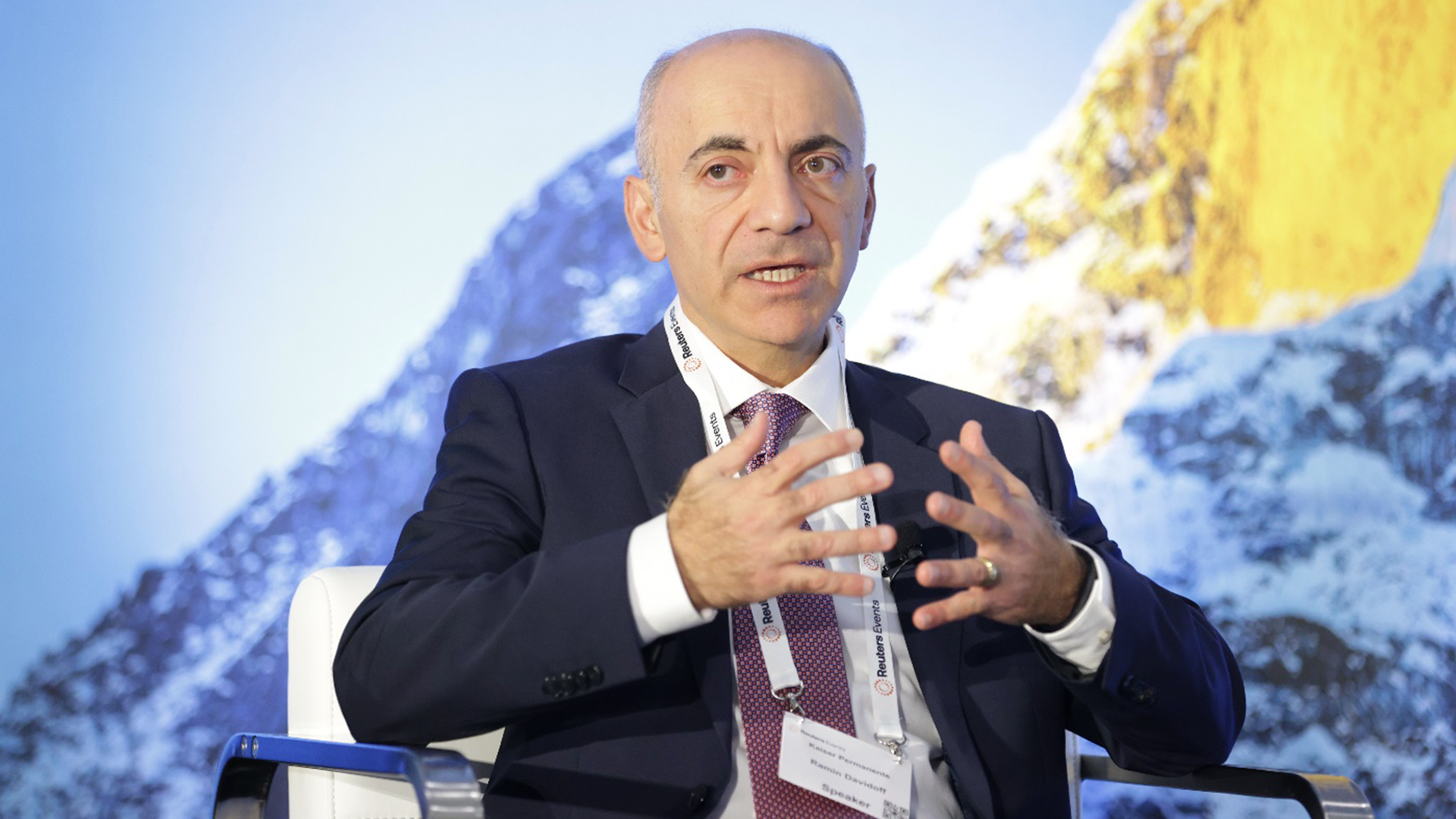Co-CEO of The Permanente Federation recognized for prioritizing physician wellness, improving care quality, and driving advancements in AI.

Measles by the numbers
Persuasive conversations to protect patients from the preventable
By Kate Land, MD, and John Dunn, MD, MPH


Measles is one of the most contagious diseases known: 9 out of every 10 non-immune people will become ill if exposed. This contagiousness and an increasing rate of non-vaccination is creating a storm of cases across the country.
Measles was thought to be eliminated from the United States in 2000 but is now showing a resurgence with outbreaks in several states, including California, Washington, New York, New Jersey, and Michigan. The Centers for Disease Control and Prevention reported today a total of 704 measles cases in 22 states to date – the greatest number of cases reported since 2000.
Even in areas where measles cases haven’t been identified, demand for the vaccine has spiked. As physicians seeing patients regularly, we’re spending more of each clinic day fielding questions about measles and the MMR (measles/mumps/rubella) vaccine – both from parents who already plan on vaccinating their children on schedule on their first birthday, and from others who are reconsidering their decision not to do so.
Despite the heightened attention, measles vaccination rates among toddlers and school-age children remain well below the level necessary, particularly in certain areas, for effective protection of a population (95 percent to protect a population). A surprising number of parents continue to decline MMR vaccination despite their doctor’s recommendations.
The numbers behind measles
Let’s look at the numbers:
- Before we had a vaccine, 3 to 4 million people were infected each year in the United States.
- It took 37 years after the measles vaccine was licensed for the disease to be considered eliminated in this country in 2000.
- In the United States:
- About 1 in 4 people who get measles will be hospitalized
- 1 out of every 1,000 people with measles will develop brain swelling, which often results in permanent brain damage
- 1 or 2 out of 1,000 people with measles will die, even if they receive the best possible medical care
- Up to 9 out of 10 susceptible people with close contact to a measles patient will develop measles.
- The World Health Organization reported almost 90,000 deaths from measles in 2016.
- This respiratory virus is transmitted by droplets from an infected person’s nose, mouth, or throat, and spread when they breathe, cough, or sneeze. Measles virus can remain infectious in the air for up to 2 hours after an infected person leaves an area.
These numbers are indeed scary. But they provide an opportunity for us to discuss vaccination with our patients and their parents.
How to talk about the vaccine
We strongly believe that all of our patients should be vaccinated. However how we talk about vaccination affects how likely parents will agree to vaccinate their children. Remember that the art of persuasion involves getting a person to arrive on their own at the conclusion that you want them to reach. Your approach should focus less on “winning this debate” than on helping the parent realize that what you’re offering is what they really want for their child after all.
Here are some tips to help you have a more effective conversation:
- Avoid using numbers to try to convince. That’s right, numbers and science seem like a logical way to convince a parent to vaccinate but studies have clearly shown that vaccine-resistant parents resist more strongly when confronted with data. Avoid confrontation.
- Lead with a presumptive recommendation and be open to discussion. Parents are more likely to vaccinate if you initially address immunizations as a routine, expected, and an important element of the visit rather than as a shared decision (e.g. “Susie is due for x, y, and z vaccines today to make sure that she’s protected from these diseases” rather than “so what do you want to do about vaccines?”). However, if a parent declines after your initial recommendation, be open and let them know you are willing to discuss their concerns.
- Don’t argue. Ask what questions they have. Answer questions with confident, short answers. Be careful to not fall into the trap of lecturing, debating, or arguing.
- Focus instead on common ground. Instead of correcting mistaken beliefs or lecturing, focus on the reason you want them protected. Emphasize your common goals with the patient and family: “We both want your kids protected in as many ways as possible.”
- Use positive terms. “Protection,” “safe,” “healthy,” are far more convincing than negative terms like “side effect,” “illness,” or “danger.” Frame your conversation with positive terms rather than spending time discussing or debating the perceived negatives of vaccines. “Two doses of the safe and effective MMR vaccine will protect your child from measles.”
A few more numbers to consider: One dose of MMR vaccine is approximately 93 percent effective at preventing measles; 2 doses are approximately 97 percent effective. Ultimately the number that is most important for your patients: 2 doses of the MMR vaccine will protect them for life.
Kate Land, MD, is a pediatrician with The Permanente Medical Group in Northern California and serves as chief of Health Education and Promotion for Kaiser Permanente’s Napa-Solano area. She also writes for the Thriving Families blog, and you can follow her on Twitter at @KPkiddoc. John Dunn, MD, MPH, is a pediatrician with the Washington Permanente Medical Group, and serves as medical director of Preventive Care for Kaiser Permanente Washington.


